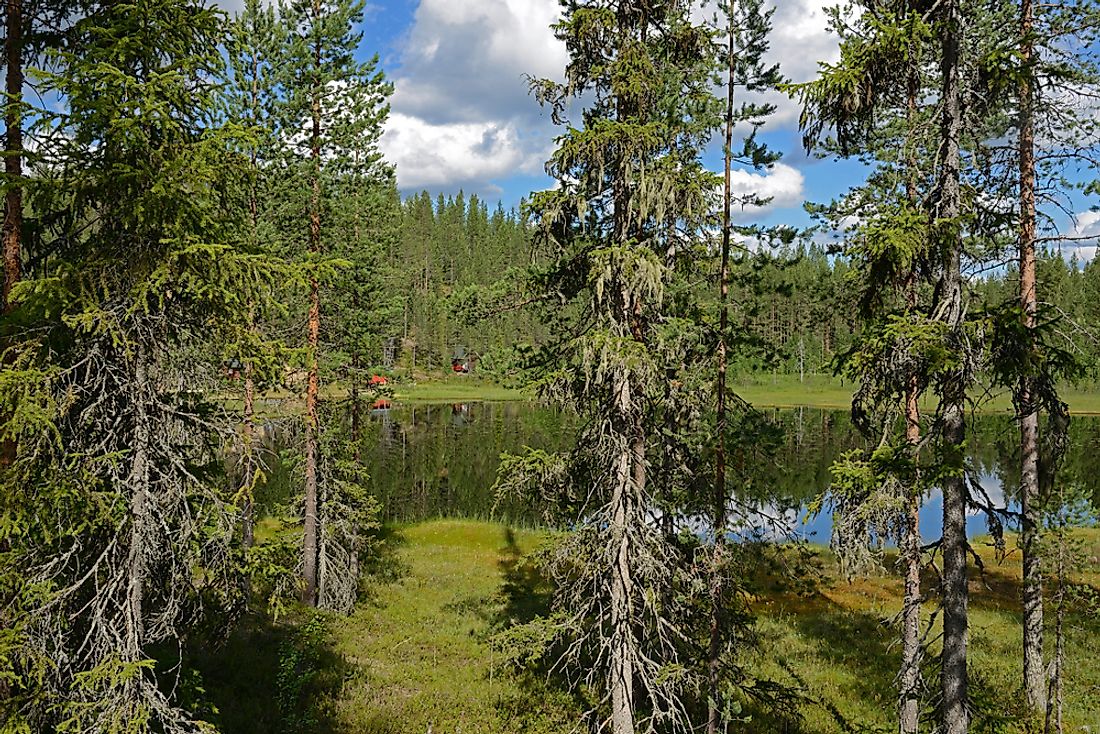What Is A Coniferous Swamp?

Description
A coniferous swamp is a forested marshland that is predominantly composed of lowland conifers like the northern white cedar tree. Other tree species that are most likely to grow in coniferous swamps include the likes of white cedar, black spruce, pitch pine, eastern white pine, and a few other species. For the majority of the growing season, the soil in these swamps is saturated with water. The occasional seasonal storms or melting of winter snow further provides more water that settles in these swampy areas. The soil is organic and may be composed completely of muck, or it may also have varying quantities of peat. Usually, the soil has an acidity level ranging from neutral to alkaline and be full of nutrients. However, on occasion, it may be acidic in which case it will have an extremely poor amount of nutrients for plant sustenance.
The Composition of Coniferous Swamps
Naturally, the composition of trees will vary from one forest to another. Different species will dominate in different places depending on several factors such as the availability of sunlight, the acidity of the soil (pH of the soil), differences in altitude within the swamp, and the amount of water available. The dominant tree species determine the name of a coniferous forest.
Rich Conifer Swamps
Rich conifer swamps consists mostly of the northern white cedar tree. This swamp is mostly occurring in the southern regions of the climatic tension zone. This zone includes places all over the northeast and the Midwest of the United States with a few neighboring regions in Canada. The soil is made up of saturated and coarse woody peat. Also, the soils may contain differing levels of organic matter. Despite the soils being predominantly between neutral and fairly alkaline, the soil near the surface, where it is full of sphagnum mosses, may be acidic.
In addition to the predominant northern white cedar tree, there is a variety of deciduous and evergreen trees that grow in the forests. These other species include the likes of red maple, paper birch, flowering dogwood, white pine, white spruce, and many others. Plenty of shrubs also grow including winterberry, huckleberry, Canadian yew, and swamp red currant. In addition to the trees and shrubs, there are also several vines, ferns, mosses, orchids, gramminoids, and forbs growing.
Hardwood-conifer Swamps
This type of swamp is one that is occupied by a mix of lowland conifers and hardwoods. The forests in Michigan are good examples. The forests grow on organic soils that have poorly drained minerals. Varying landforms have this kind of community where the dominance of a particular species is liable to differ from one region to another. The two main things that are responsible for the structure are the water levels and wind-throw.
Soil conditions are extremely varied although the most widespread condition consists of a thin stratum of organic soil lying above a badly drained mineral layer. Some of the species that are found here include black ash, red maple, American elm, and others.











